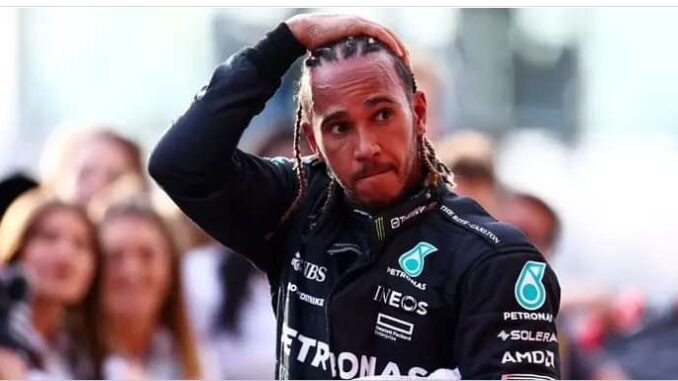
Lewis Hamilton and Charles Leclerc have been disqualified after the United States Grand Prix, after FIA technical stewards carried out inspections of their respective cars
FIA has clarified its post-race technical inspection procedure in Formula 1 amid criticism following the disqualification of Lewis Hamilton and Charles Leclerc in Austin.
Hamilton finished second at the United States Grand Prix behind race winner Max Verstappen.. But he was later stripped of the podium after a post-race FIA inspection found his Mercedes did not comply with F1 regulations.
And Leclerc suffered the same penalty after crossing the finish line sixth.. The same problem was discovered on his Ferrari: the floor wear on both cars exceeded the allowable level according to regulations.
But this has led to some criticism of the FIA process.. Verstappen and Lando Norris also tested the floor but passed.. With a failure rate of 50% on these four cars, it is not unreasonable to suspect that the other cars that finished the race also had excessive wear on their boards.
In an attempt to answer questions raised about the process, the FIA has issued a lengthy new statement, which highlights the fact that post-race testing is always carried out randomly.. And the regulator is also keen to point out that carrying out comprehensive testing on every car is not something it considers feasible..
“This procedure has been in place for decades and exists to ensure
compliance with the regulations as teams do not know before the race what specific areas cars can be tested outside of the tests..” Standard inspections are performed on every car every weekend,” the release said.
“This means, in their view, any part of the car can be inspected investigation at any time and the consequences of non-compliance with the Technical Regulations can be serious.. Most of the time, all cars are considered
compliant.. However, as happened in Austin, code violations are sometimes noted and reported to managers, who decide on the appropriate action to take.
And the FIA insists that its current process is in the best shape it has ever been and remains a “serious deterrent” aimed at stopping teams trying to breach technical rules.. art.. The Governing Body added:
“Every team is aware that selection is possible and understands that the likelihood of detecting non-compliance is high.
“As with all things Formula 1, this process has evolved and been refined over the years to become the most rigorous and thorough method of monitoring extremely complex cars of a generation F1 currently, acts as a serious and at the same time practically feasible deterrent..” in the context of the logistics of a Grand Prix weekend..”
Mercedes team principal Toto Wolff immediately admitted the team was at fault for breaking the rules in Austin.. And technical director James Allison said the staff The member was “sad” and “embarrassed” about being eliminated.. He said: “We certainly don’t like breaking the rules.

Leave a Reply